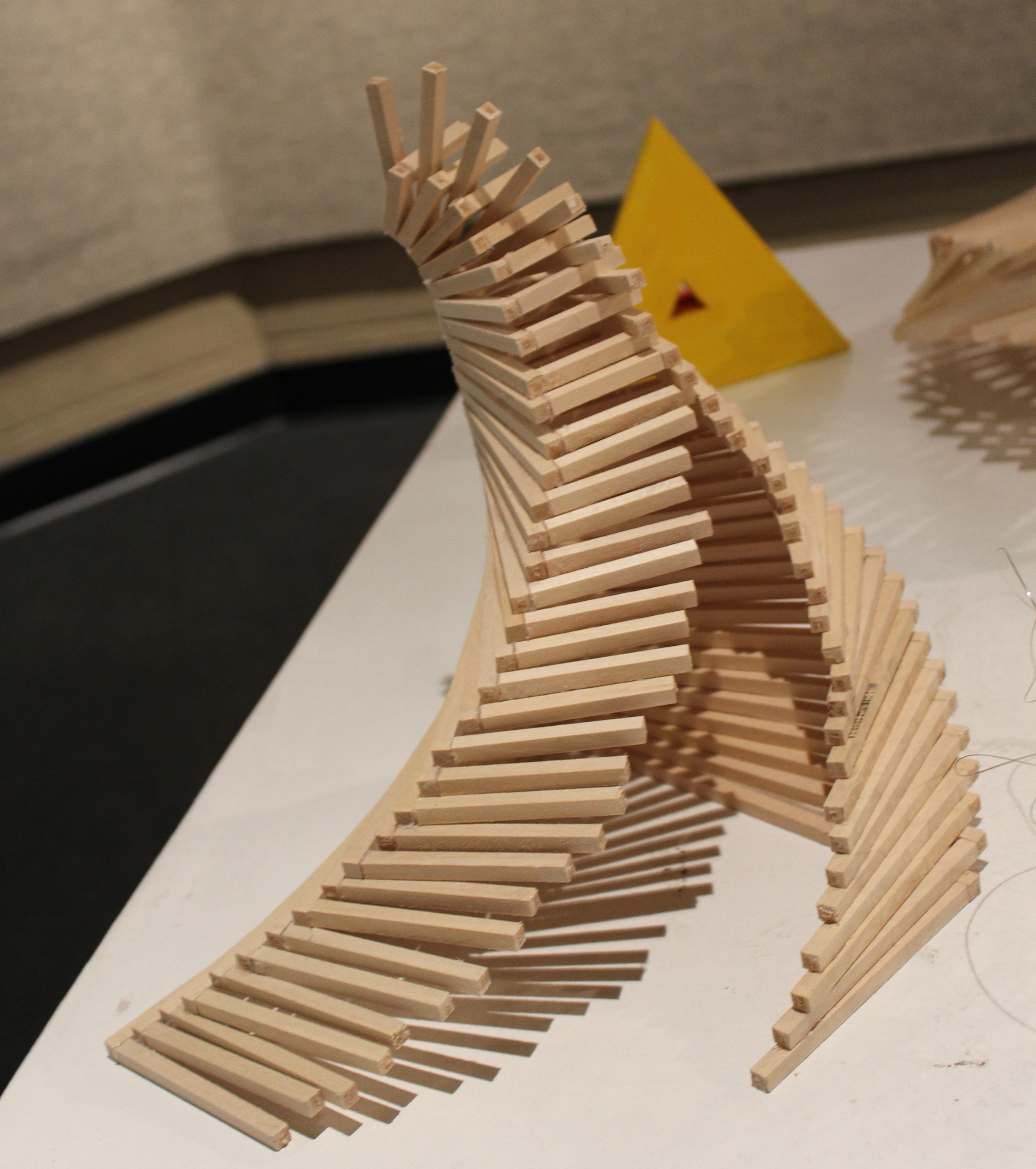Editorial: The Art of Individuality
Gallery

When the White House released its proposed budget for the fiscal year on March 16, many were especially troubled by the proposed elimination of four separate major cultural agencies: the National Endowment for the Arts, the National Endowment for the Humanities, the Institute of Museum and Library Services, and the Corporation for Public Broadcasting.
Many have pointed out the miniscule effect this proposed elimination would have overall, making up only .02 percent of the almost $4 trillion federal budget. Though the impact of these four organizations is negligible from a budget standpoint, they each play an undeniably crucial role in the shaping of our national cultural infrastructure, supporting an intricate system of arts organizations, educational entities, museums, libraries and public broadcasting affiliates. The effect would most notably be seen in smaller, more local organizations relying on this funding.
In Michigan, the NEA in particular plays a vital role through direct grants and partnerships. The Detroit Institute of Arts, the Detroit Symphony Orchestra and the Michigan Opera Theatre all receive funding from the NEA. In a recent guest column for the Detroit Free Press, the presidents of each of the three institutions reaffirmed their belief in “the positive impact the NEA’s investments make to projects and presentations that emphasize our shared values rather than political differences.”
In the recent DIA “Arts + Minds” lecture presented by Friends of Detroit Film Theatre in March, acclaimed film critic from the New York Times, A.O. Scott, spoke about the importance of art in our everyday lives, and the importance of our interactions with art. Though Scott mentioned the proposed budget cuts in his talk, he chose instead to focus on making a case for art, which was perhaps a purposeful decision. “What art really is,” Scott said, “is an array of experiences. Just exactly what happens when we’re walking through the museum, when we’re sitting in the dark, and hear a piece of music, when we’re encountering something that says something to us, that seems special and unusual. It is a kind of experience that is unlike others.” Scott spoke about rejecting the idea that art is in any way the property of the elite, or that it should somehow fit into one person’s definition.
Often art is criticized as being trivial and wasteful, a sentimental relic of the past that should be discarded to make room for something more practical. Other times, art is something we know is important, but we’re not sure why. We think on one hand that art should be fun and escapist, and on the other hand it should be useful and realistic. That it should be both political and apolitical.
Art’s value comes from its inherent individuality, including that of the artist, the piece of art, the consumer of the art and the critic of the art. Scott proposed that art insists that we are individuals, and is always an act of self-defense. That’s something you can’t put a price on.
For students at Henry Ford College and beyond, art is fundamental in expanding the capacity of an individual to interact with the world beyond themselves. Providing invaluable tools to do so is important in any field of study. Art is able to cross a multitude of borders in ways that other mediums simply cannot, whether those are obstacles of culture, gender, race, education, status or ability.
Often undervalued, the arts inspire a creativity that has been responsible for both inciting revolutions and providing therapy, for expressing oneself and bringing people together. The passion, reflection and meaning found in art, as varied as the people viewing it, are a powerful and central part of our social and cultural fabric. It is something to think twice about. To defend the arts is to defend the right to individuality, and the defense of funding for the arts is by extension, as essential as art itself.
